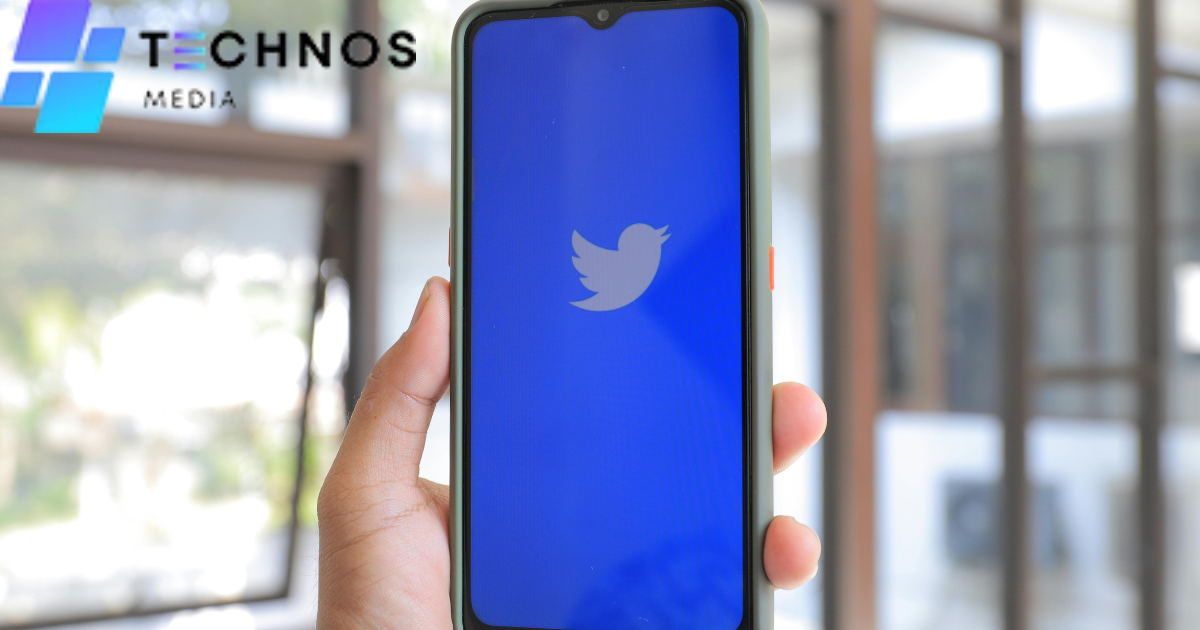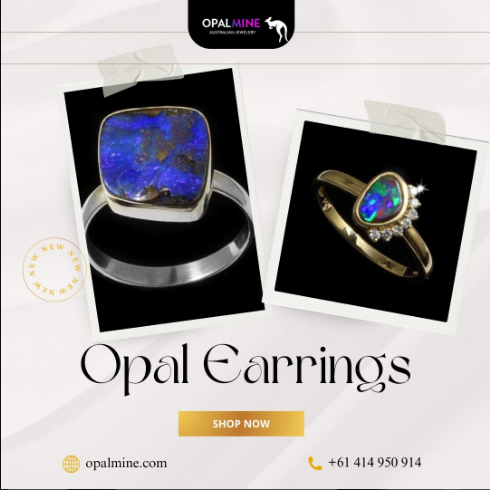Why Interactive Polls on Twitter Are a Game-Changer for Brands

What Makes Twitter an Ideal Platform for Brand Engagement?
Twitter is one of the most dynamic social media platforms where brands can interact with their audience in real time. With millions of active users, it offers businesses a space to increase brand awareness, drive conversations, and gather insights. Unlike other platforms, Twitter's fast-paced nature and character limit encourage concise, engaging interactions, making it perfect for direct communication with consumers.
Brands that effectively use Twitter gain a competitive edge by fostering customer loyalty and trust. Among the many features available, interactive polls stand out as a powerful tool for brands looking to engage their audience in a fun and insightful way.
How Do Interactive Polls Work on Twitter?
Twitter's interactive poll feature allows users to create quick surveys with up to four options. These polls can be live for 5 minutes to 7 days, depending on the creator’s settings. Followers and non-followers alike can participate, making it a great way to gauge opinions on a large scale.
Brands can use these polls for multiple purposes, including market research, product feedback, engagement boosting, and customer insights. The real-time nature of responses ensures that businesses can collect data quickly and respond accordingly, strengthening their marketing strategies.
Why Are Interactive Polls Effective for Brand Marketing?
1. Encourages Audience Participation
One of the primary challenges brands face on social media is engagement. Interactive polls simplify this by allowing users to voice their opinions with just a click. Unlike traditional surveys, which require effort and time, Twitter polls are quick, fun, and engaging, making users more likely to participate.
2. Provides Instant Consumer Feedback
Understanding what consumers want is crucial for any brand. Twitter polls help businesses gather real-time insights into customer preferences, product ideas, or service expectations. By leveraging these insights, brands can refine their offerings and make data-driven decisions that align with their audience’s needs.
3. Boosts Brand Visibility
Engagement drives visibility on Twitter. The more interactions a tweet receives, the more likely it is to appear on users' timelines and be discovered by new audiences. When users engage with polls, they might also retweet or comment, further expanding the brand’s reach.
4. Strengthens Customer Relationships
When brands actively involve their audience in decision-making, they foster a sense of community. Consumers feel valued when brands consider their opinions, leading to stronger relationships and increased brand loyalty.
5. Creates Engaging and Shareable Content
People enjoy participating in conversations, especially when the content is engaging. Polls often spark debates and discussions, encouraging users to share their thoughts. This not only increases engagement but also makes the brand’s content more shareable, leading to organic growth.
What Are Some Creative Ways Brands Can Use Twitter Polls?
1. Market Research and Product Development
Before launching a new product, brands can use Twitter polls to gather consumer insights. For instance, a fashion brand might ask, “Which color should be our next product release?” allowing consumers to vote and feel involved in the decision-making process.
2. Fun and Trend-Related Polls
Engaging with trends is a great way to stay relevant on Twitter. Brands can create polls related to trending topics, memes, or pop culture events. For example, a food brand might post, “Which pizza topping is overrated?” encouraging users to participate in a fun and engaging conversation.
3. Customer Service and Feedback
Twitter polls can also be used for quick feedback. A company can ask, “How satisfied are you with our service?” with response options like “Very satisfied,” “Satisfied,” “Neutral,” and “Needs improvement.” This provides immediate insights into customer experiences.
4. Event and Campaign Promotion
Brands launching new campaigns or hosting events can use polls to generate excitement. For instance, a streaming service could ask, “Which new show are you most excited to watch?” This engages the audience while promoting the brand’s offerings.
5. Gamification and Giveaways
Polls can also be part of social media contests and giveaways. A brand could post a quiz-style poll with a question like, “Which of these facts about our brand is true?” and reward those who get it right. This drives engagement while subtly reinforcing brand messaging.
How Can Brands Maximize the Impact of Twitter Polls?
1. Keep It Short and Engaging
Twitter is all about brevity. Ensure poll questions are clear, concise, and easy to understand. Avoid complex questions that require too much thought, as users are more likely to engage with simple, straightforward queries.
2. Use Eye-Catching Visuals and Captions
Pairing polls with compelling visuals or gifs can make them more appealing. A well-crafted caption can also add personality to the poll, making it more likely to be noticed and shared.
3. Post at Optimal Times
Timing matters when posting on Twitter. Brands should analyze when their audience is most active and schedule polls accordingly. Generally, engagement rates are higher during lunch breaks, evenings, and weekends.
4. Engage with Responses
A poll should not be a standalone post. Brands should engage with users who participate by replying, retweeting, or acknowledging their responses. This builds stronger relationships and encourages future engagement.
5. Leverage Hashtags for Wider Reach
Including relevant hashtags in the poll tweet can help attract a larger audience beyond just followers. For instance, a travel brand conducting a poll on favorite vacation destinations could use hashtags like #TravelTuesday or #Wanderlust.
What Are Some Examples of Successful Twitter Polls by Brands?
1. Netflix’s Content Engagement
Netflix frequently uses Twitter polls to engage audiences on upcoming shows. A simple poll like “Which show are you binge-watching this weekend?” sparks conversation and drives visibility for their content.
2. Starbucks’ Seasonal Preferences
Starbucks often leverages Twitter polls to ask customers about their seasonal favorites. A poll like “Pumpkin Spice Latte or Peppermint Mocha?” not only boosts engagement but also builds anticipation for seasonal launches.
3. Wendy’s Playful Polls
Wendy’s, known for its witty Twitter presence, uses polls to interact with its audience humorously. A poll like “What’s the best side with your burger? Fries or More Fries?” keeps the conversation light-hearted and entertaining.
Are There Any Challenges with Using Twitter Polls?
While Twitter polls offer many advantages, there are some limitations to consider:
-
Limited Response Options: With only four choices available, some polls may feel restrictive, limiting the depth of responses.
-
No Open-Ended Answers: Users can only select predefined answers, making it difficult to gather detailed feedback.
-
Short Shelf Life: Polls are temporary, meaning brands need to act fast to analyze and use the results effectively.
Conclusion: Should Your Brand Use Twitter Polls?
Absolutely! Twitter polls are an invaluable tool for brand engagement, providing real-time insights, boosting visibility, and strengthening customer relationships. By incorporating well-crafted, strategic polls into their social media strategy, businesses can create meaningful interactions and stay ahead in the competitive digital landscape.
Whether it’s gathering feedback, promoting new products, or simply sparking fun conversations, interactive polls twitter feature offers a simple yet effective way for brands to connect with their audience. So, if you haven’t already, it’s time to start leveraging Twitter polls and transform the way your brand interacts online!






